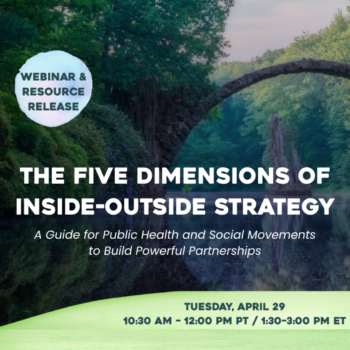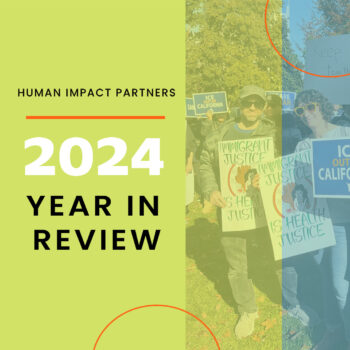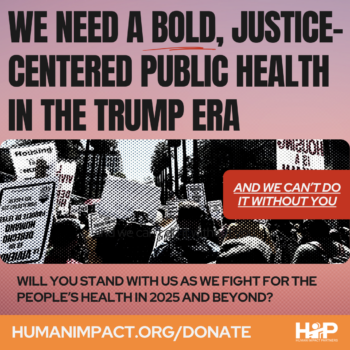| Press Release |
Researchers and community organizers collaborated on an in-depth analysis of the
health impacts to youth and families when 14 to 17-year olds are charged as adults.
Oakland, CA — Trailing on the win of Proposition 57, juvenile justice advocates and public health researchers want to make it clear that the fight is not over. Charging youth as adults is a harmful practice that’s still possible in California, and across the country.
The new health impact assessment report Juvenile InJustice: Charging Youth as Adults is Ineffective, Biased, and Harmful centralizes the experience of incarcerated youth of color, formerly incarcerated individuals, and their families. Our research shows the harmful effects of this practice on youth and their families, and our report provides recommendations for increased community investment and restorative justice-oriented solutions to improve health outcomes for everyone.
Key Findings
- Youth are harshly sentenced in adult court — Youth are punished more severely than young adults (18 to 24) who are charged in adult criminal court for similar crimes. For example, when charged with violent offenses, approximately 60% of youth transferred to adult court are sentenced to prison compared with 26% of young adults over age 18.
- The justice system is biased against youth of color — youth of color are more likely to be tried as adults than White youth, even when being charged with similar crimes. In California in 2015, 88% of juveniles tried as adults were youth of color.
- The adult court system ignores developmental science and environmental contexts — the context of a young person’s life, especially in low-income communities with a history of disinvestment, is largely ignored by the adult court system.
- Incarceration exposes youth to disease, violence, and abuse — incarcerated people have higher rates of chronic and infectious diseases, and the exposure to physical abuse and violence has particularly negative health impacts on youth development. Here are some scary statistics:
-
Young people housed in adult correctional facilities are twice as likely to be beaten by staff and 50% more likely to be attacked with a weapon than youth in juvenile facilities.
-
Youth are 36 times more likely to commit suicide in an adult jail than in a juvenile facility.
-
-
Youth and families are resilient despite the negative impacts they must deal with — exposure to violence, stress, stigma, and isolation are all examples of common experiences. Despite these challenges, youth and families of color are often gathering and organizing to change the system.
Top 3 Proposed Solutions
With our partners, we collaborated on a set of proposed solutions that are informed by formerly incarcerated youth, their families, and their communities. Here are the top 3 things we recommend in this report:
- Eliminate the practice of charging youth as adults under any circumstance.
- Require that system professionals undergo additional hands-on training and coaching by formerly incarcerated people and local community organizations on topics such as youth development, community history, trauma, implicit bias, institutional and structural racism, and the structural causes of crime.
- Implement community-oriented and problem-oriented policing according to promising practices, with primary aims of improving community safety and reducing contact between youth and law enforcement.
Why this research matters
- Incarceration is a social determinant of health. Although health behaviors and health care influence our well-being, more than 50% of our health is actually determined by environmental conditions (social determinants of health). These are shaped by environmental, economic, and social policies, which can either help build healthier communities or harm them.
- We couldn’t have told this story without the publicly available data detailing the rates of arrest, prosecution, and incarceration of youth. With the potential roll back on the capacity of government agencies to collect and publish data on racial inequality and poverty, we may lose the ability to adequately relay the impact of policies and practices that affect many communities across the United States.
Without rooting our analysis of youth transfers into adult court within California history, we will continue to pathologize youth and their families rather than turning our attention to exposing and eliminating racist policies and practices.
Key terms and why we use them
Instead of “offender,” “felon,” or “convict,” in this report we use the following terms: “system-involved individual,” “incarcerated individual,” and “formerly incarcerated individual.” Our intent is to avoid defining people permanently by past experiences.




